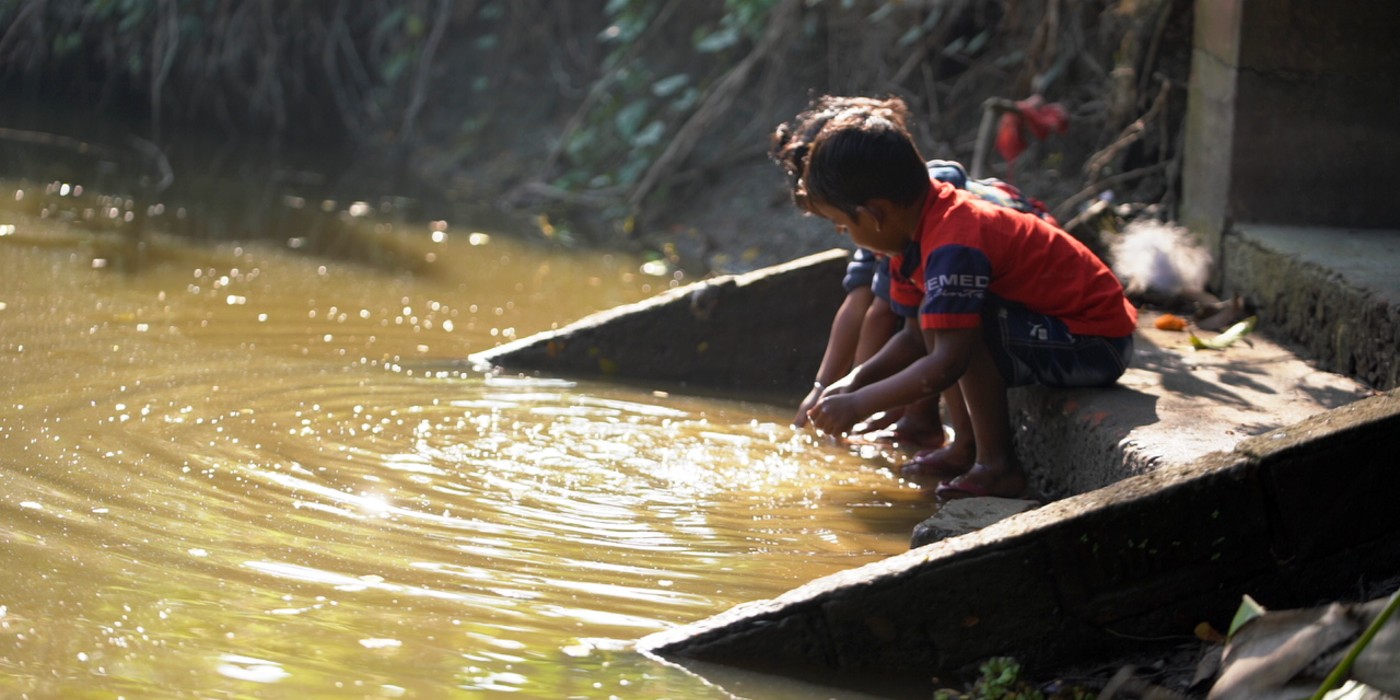
25 People Die From Drowning Each Day In West Bengal
The George Institute for Global Health researchers call for targeted child drowning solutions and urgent policy action for high-burden populations.
Researchers from The George Institute for Global Health India conducted a large-scale, community survey on drowning that found West Bengal faces a far worse drowning crisis than official data suggests. The survey, the largest of its kind ever conducted in India, covers all 23 districts of West Bengal, a population of 18 million people.
The survey, supported by Bloomberg Philanthropies, found that 9,191 people in West Bengal die from drowning each year – nearly triple the Global Burden of Disease estimates, exposing a massive gap in our understanding of this preventable public health emergency.
The researchers used a low-cost Community Knowledge Approach, engaging over 15,000 community members to report deaths in their neighbourhoods, which were subsequently validated through household surveys with victims’ families.
As per the World Health Organization’s Global status report on drowning prevention 2024, drowning continues to be a leading cause of death, with over 300,000 deaths annually worldwide.
The numbers are alarming
Over 45% of all deaths in West Bengal occurred in children aged 1-9 years old. This vulnerability peaks around the child’s first birthday, when newly mobile toddlers aged 1-2 years old face a 30% higher risk of death compared to the general population because they are able to move, but lack perception of danger. The survey also showed that 86% of deaths were found in rural areas, where health system reach is often limited, and males were twice as likely to drown compared to females.
Globally, child drownings in rural and socioeconomically disadvantaged communities occur when families live in water-rich environments with limited support. In West Bengal, child drowning incidents mostly occurred within 50 meters of the home and peaked between 12:00 and 2:00 pm, when caregivers are most burdened with household chores and work. Drownings were also predominant during the monsoon season in July and August.
While it’s estimated that approximately 18% of global drowning deaths occur in India, these figures are likely to be much higher, given the majority of cases go unreported. The survey found that only 18% of drowning deaths possessed a death certificate, and of these, only half indicated drowning as a cause.
Inadequate post-incident response and care were also identified as barriers to surviving drowning events. Harmful and ineffective rescue efforts were common, including those that cause vomiting and employ spinning over the head. Only 10% of victims received cardiopulmonary resuscitation (CPR) with rescue breaths, which is the best-practice response for a drowning victim. Furthermore, only 12% sought any medical assistance.
Key recommendations to prevent drowning deaths include:
The project was led by Dr. Jagnoor Jagnoor, along with Dr. Soumyadeep Bhaumik, Dr. Medhavi Gupta, Ms. Suman Das from The George Institute for Global Health, and co-authored by Mr. Sujoy Roy from Child in Need Institute, Daulatpur.
https://www.georgeinstitute.org/news-and-media/news/25-people-die-from-drowning-each-day-in-west-bengal-12-are-children-a-new-statewide-survey-reveals


